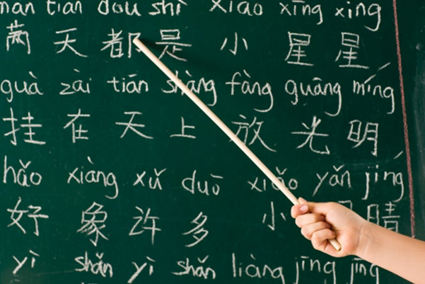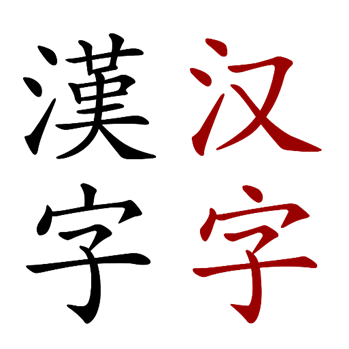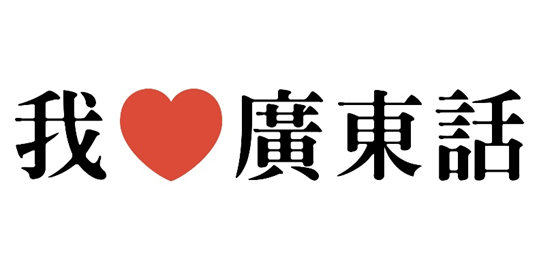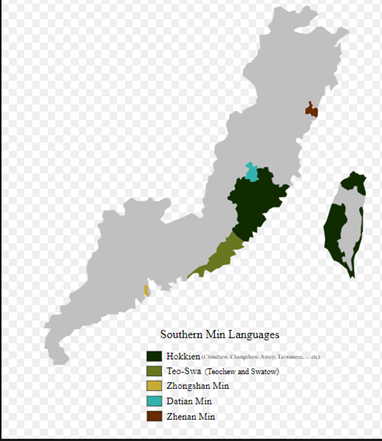FAQ
Contact Us
Online Inquiry
Is Mandarin the Primary Language in China? Debunking the Language Myth!
- author:
AOE
- pubdate:
2023-07-09 00:00:00

Introduction:
China, a vast and diverse country with a rich cultural heritage, has more than 1.4 billion people and 56 recognized ethnic groups. One common misconception is that Mandarin is the sole language spoken throughout China. In this engaging blog article, we will delve into the linguistic landscape of China and shed light on the truth behind Mandarin as the primary language.
1. The Linguistic Diversity of China: A Tapestry of Languages
China is a linguistic tapestry, comprising various languages and dialects. While Mandarin is widely spoken and considered the official language, there are numerous regional languages and dialects spoken across the country. Let's explore some of the prominent languages and dialects in China:
Mandarin (Putonghua): Mandarin is the official language of China and serves as a lingua franca for communication between people from different regions. It is primarily based on the Beijing dialect and is taught in schools and used in official settings.

Cantonese (Yue): Cantonese is spoken in the southern regions of China, particularly in Guangdong, Hong Kong, and Macau. It is known for its unique pronunciation, intonation, and vocabulary, distinct from Mandarin.

Shanghainese (Wu): Shanghainese is spoken in the Shanghai region and belongs to the Wu dialect group. It has its own pronunciation and vocabulary, making it significantly different from Mandarin.

Hokkien (Min Nan): Hokkien, also known as Min Nan, is spoken in Fujian province and Taiwan. It has multiple dialects within the Min Nan group and is influenced by other languages in the region.

2. Mandarin as the Official Language: Unifying China
Although Mandarin is not the native language of all Chinese people, it plays a vital role in unifying the country and facilitating communication. Here are some key points about Mandarin's status in China:
Language Policy: Mandarin was promoted as the official language of China to foster national unity and improve communication among diverse ethnic groups. It is taught in schools and used in government institutions.
Standard Mandarin: Standard Mandarin, also known as Putonghua, is based on the Beijing dialect and serves as a standardized form of Mandarin. It is taught and used as the common language across different regions.
Language Evolution: Over time, the influence of Mandarin has grown, and many younger generations are primarily fluent in Mandarin rather than their regional dialects. This shift is attributed to urbanization, migration, and the prevalence of media and education in Mandarin.
3. Regional Languages and Cultural Identity
While Mandarin has gained prominence, regional languages and dialects hold significant cultural and historical value. They are an integral part of local identity, preserving unique linguistic features and reflecting regional cultures. Here are some points to consider:
Cultural Diversity: Regional languages and dialects represent the diverse cultures and traditions of different regions within China. They contribute to the country's cultural richness and heritage.
Language Revitalization: Efforts are being made to preserve and revitalize regional languages and dialects. Local communities, cultural organizations, and language enthusiasts are working to document, teach, and celebrate these unique linguistic identities.
related articles
recommend
Mandarin vs. Cantonese: Choosing the Right Chinese Dialect for You | AOE-Chinese
Choosing between Mandarin and Cantonese can be challenging for new Chinese learners. This guide breaks down the differences, benefits, and considerations for each dialect to help you make an informed decision. Whether you choose Mandarin, the lingua franca of China, or Cantonese, the heart of Hong Kong, AOE-Chinese offers expert instruction to help you achieve fluency.
Chinese Zodiac 2024: Year of Wood Dragon
In the Chinese Lunar calendar, they determine the specific animal and the element for each year. As for the Lunar New Year in 2024 that began on 10 February 2024, the animal representing this year is the Dragon with the element of wood. Therefore, for 2024, it will be the Year of the Wood Dragon. The Year of Wood Dragon 2024 started on the Lunar New Year.
Nanjing, A City of Duck Dishes
All of us love food, and we have to agree that Chinese cuisine is one of the best dishes in the whole world or even in the whole universe. Chinese have many legendary dishes that are sold overseas. People love Chinese cuisine since it brings back most of us childhood memories and the taste of home dishes. Chinese cuisine offers comfort and ease when we consume it. One of the most famous Chinese cuisines in the world is duck dishes, such as braised duck, roast duck, boiled duck, etc. If you are a fan of duck dishes, Nanjing is the city that you should visit if you plan to travel in China.

